
Born into a high-profile Texas oil family, Townes Van Zandt was groomed as Texas governor, but inspired by songwriters like Bob Dylan, he dropped out of college in the 1960s to pursue a musical career. Of MENSA level intelligence, and diagnosed as a manic-depressive in his early twenties, Van Zandt rejected wealth and comfort. He consciously filled his life with pain and instability to fuel his art; when accused that he only wrote sad songs, he replied that “well, many of the songs, they aren’t sad, they’re hopeless.” While his Texan accent gives his music a country twang, Van Zandt is as much a folk and blues singer, and many of his recordings are stripped down to guitar and voice.
Van Zandt’s discography can be frustrating; he wasn’t interested in the recording process, and some of his albums, particularly his debut, are smothered in inappropriately lush arrangements. Van Zandt’s often at his best when he’s left unadorned, and Live at the Old Quarter, Houston, Texas is often cited as his key work. Conversely, the doom-laden and string-laden Our Mother The Mountain is my favourite of his studio albums. It’s common for the same song to appear on multiple studio albums, and his albums are often filled out with throwaway blues tunes. But as Steve Earle notes, at his best Van Zandt is a master songwriter; “Townes Van Zandt is the best songwriter in the world and I’ll stand on Bob Dylan’s coffee table in my cowboy boots and say that.”
The box set Texas Troubadour collects his first seven studio albums, through to 1978’s Flyin’ Shoes, and is a good shortcut to his oeuvre. Van Zandt released two further albums before his premature death on New Year’s Day 1997; 1987’s At My Window and 1994’s No Deeper Blue. I’m not familiar with either, but please write in and let me know if I’m missing out.
Townes Van Zandt Album Reviews
For The Sake Of The Song | Our Mother The Mountain | Townes Van Zandt | Delta Momma Blues | High, Low and In Between | The Late Great Townes Van Zandt | Live at The Old Quarter, Houston, Texas | Flyin’ Shoes | At My Window | No Deeper Blue
Favourite Album: Live at The Old Quarter, Houston, Texas
Overlooked Gem: Flyin’ Shoes
For The Sake Of The Song
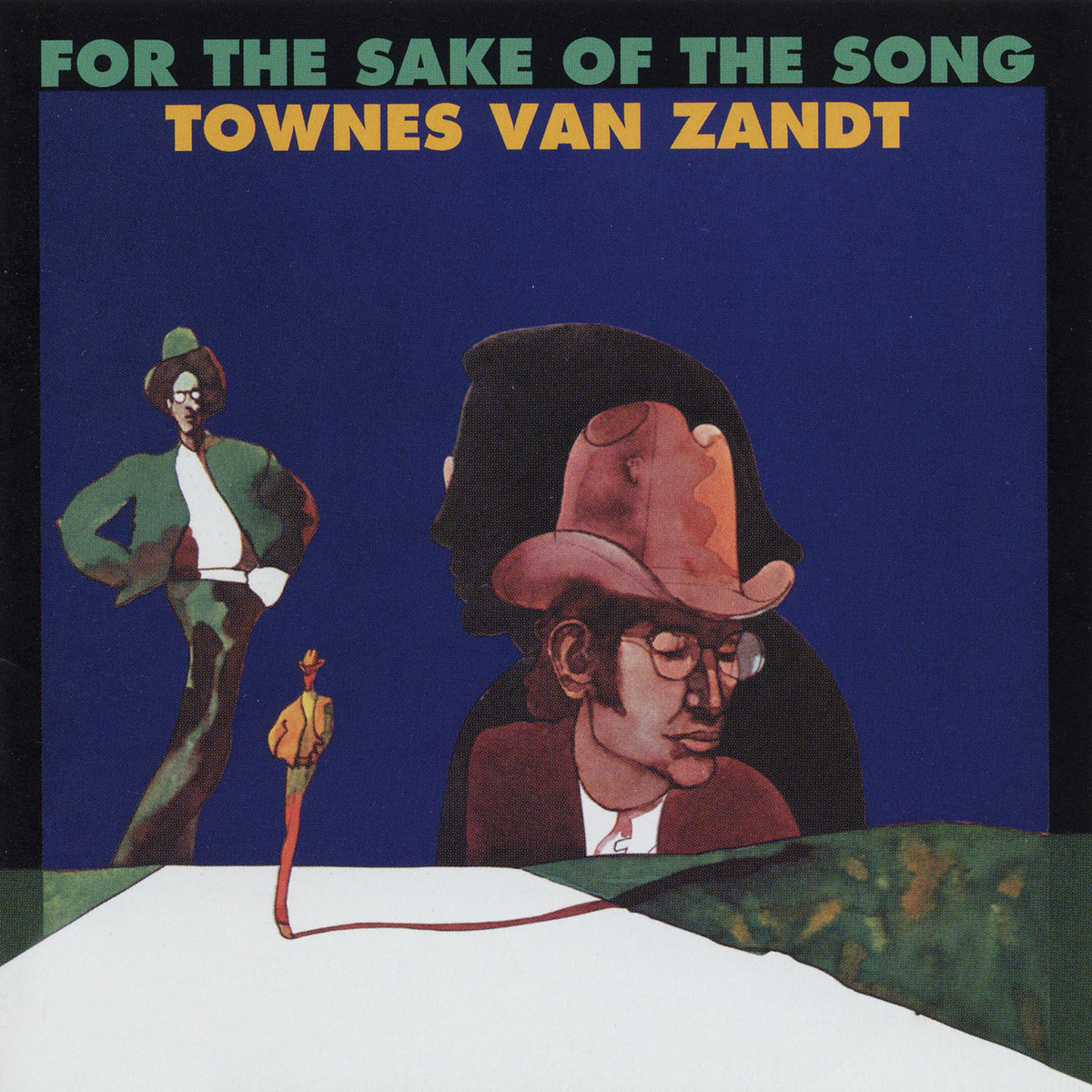
1968, 6/10
Townes Van Zandt’s tentative debut album doesn’t do his emotional, humane songs any favours, stacking arrangements with backing vocals and strings. The studio-based approach leaves Van Zandt’s singing style less relaxed and with less personality. But on For The Sake Of The Song, Van Zandt’s already a skilled songwriter – ‘Tecumseh Valley’ and ‘Waitin’ Around To Die’ are two of Van Zandt’s best songs – and he’s already a brilliant lyricist.
The jaunty take on ‘Tecumseh Valley’, with its hackneyed country bass line, is nowhere near as affecting as the darker version on Our Mother The Mountain, while ‘Waitin’ Around To Die’ almost gets a Phil Spector orchestrated treatment. ‘Many A Fine Lady’ sounds more like an orchestrated Bee Gees ballad than normal Van Zandt fare, even though its pretty melody suits the arrangement. Some of the songs, such as the mournful ‘Sad Cinderella’ and the dry humour of ‘Talkin’ Karate Blues’ are left acoustic and work nicely.
More than half of these songs would be re-recorded on following albums: a bunch would turn up again of Van Zandt’s eponymous 1970 record, while ‘Sad Cinderella’ would be reused on 1972’s The Late Great Townes Van Zandt, but there are a couple of strong tracks, the amusing ‘Talkin’ Karate Blues’ and the tragic ‘Sixteen Summers, Fifteen Falls’, that are unavailable elsewhere.
Strong writing means that For The Sake Of The Song is serviceable, but it’s far from Van Zandt’s best work, especially since a lot of its key songs can be found in superior versions elsewhere.
Our Mother The Mountain
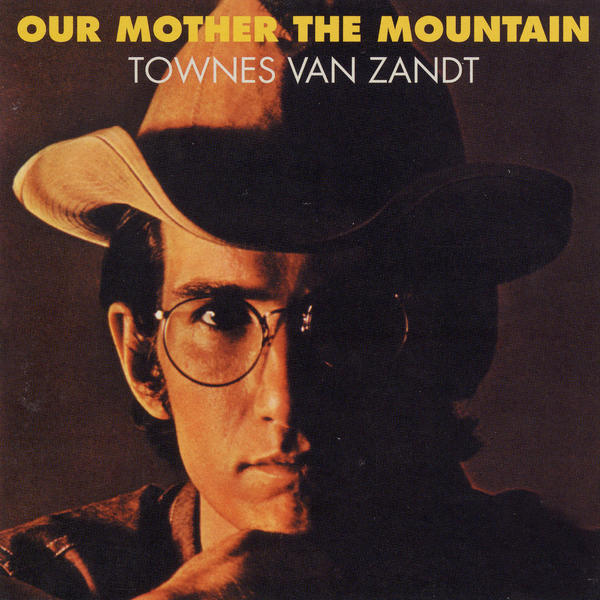
1969, 9.5/10
Like For The Sake Of The Song, Townes Van Zandt’s songs on Our Mother The Mountain are given pompous arrangements. This time, however, the orchestral arrangements are used to complement the bleakness of Van Zandt’s lyrical vision on his darkest set of songs. The narrator in ‘Kathleen’ surrenders himself altogether to hopelessness, while many of the songs address the weakness of man in the face of sin and temptation. In between the darkness, Van Zandt’s writing gorgeous poetry – “Like silence she stands/Like laughter she falls/From a castle of sand/Like a memory she calls” – is the opening couplet to ‘Why She’s Acting This Way’ – and it’s the tension between tragedy and beauty, and between Van Zandt’s dour Texan voice and lyrics and the lush strings and flutes that give Our Mother The Mountain its unique, and at times otherworldly, power.
It’s the bleak material here that stands out immediately. The twenty year old who surrenders first to ‘St. John The Gambler’, then to death in the snowy mountains, the faithful daughter who succumbs to prostitution when her father dies, and the fated lover in the title track are all characters whose choices leave them utterly forlorn, and Van Zandt’s gentle voice and guitar picking capture their despair with empathy and beauty. The pretty ‘Like A Summer Thursday’ is pared down to acoustic guitar and harmonica, while the bluesy groove of ‘Snake Mountain Blues’ is an intelligent change of pace, giving the album a jolt of energy and dark humour just when it’s needed.
Van Zandt captures sinfulness and beauty in equal amounts, and the resulting Our Mother The Mountain is a dark masterpiece, softened by pretty poetry.
Townes Van Zandt
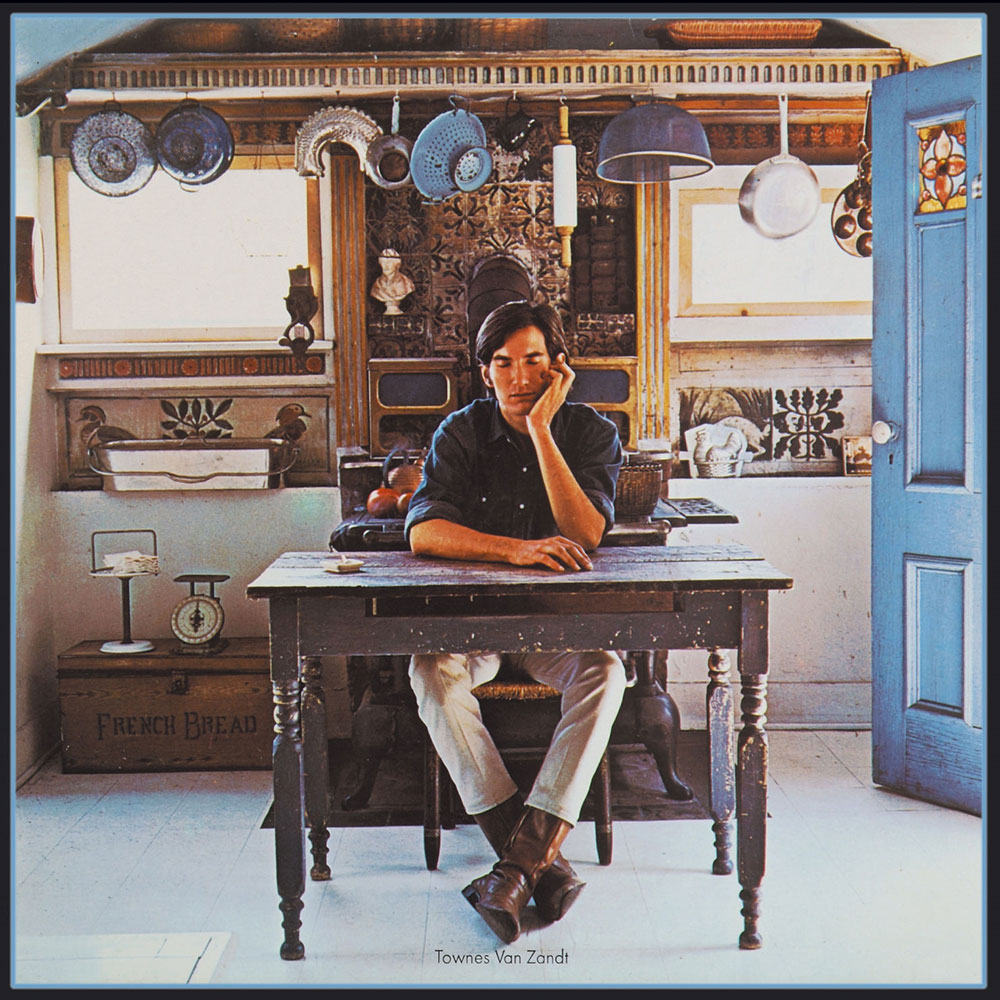
1969, 8.5/10
The string section gave Our Mother The Mountain an unsettling edge, but it was inevitable that someone worked out that Van Zandt was most effective in a stripped-down setting, and Townes Van Zandt is pared down to relatively simple arrangements; there’s a full band on ‘Fare Thee Well Miss Carousel’ and touches of orchestration, but most of the songs are at least underpinned by Van Zandt’s guitar. Almost half of these songs are recycled from the debut, but they’re in far stronger versions here.
Of the older songs, ‘Waitin’ Around To Die’ is even more compelling in this stark version, while ‘I’ll Be Here In The Morning’ is as sweet as ever. Of the new songs, the closing ‘None But The Rain’ is prettily elegiac and mournful, even by Van Zandt’s standards (“Who’ll be your lover after I’m gone/Will it be the moon that hears your sighin’/Will it be the willow that hears your lonesome song”). ‘Lungs’ features one of Van Zandt’s most memorable acoustic riffs, while ‘Don’t Take It Too Bad’ lilts along gently.
It’s not as coherent a classic as Our Mother The Mountain, but song for song it’s very nearly as good, and Townes Van Zandt is one of Van Zandt’s strongest studio records.
Delta Momma Blues
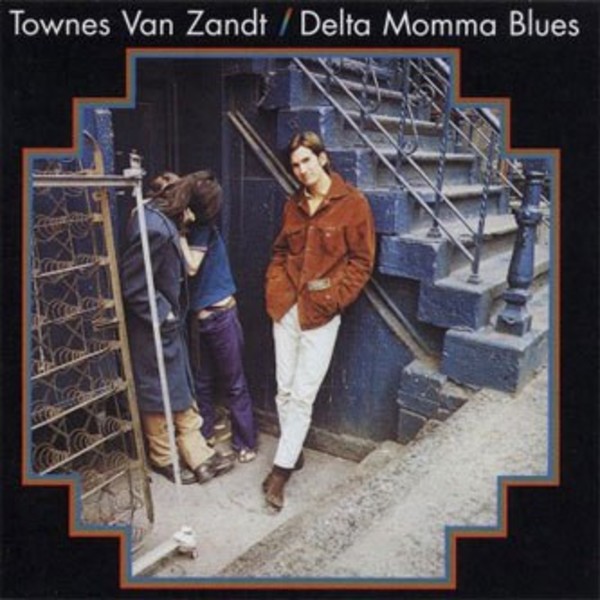
1971, 7/10
Like Townes Van Zandt, Delta Momma Blues is an acoustic record that showcases Van Zandt’s strengths. When the sweeping strings arrive on ‘Rake’, it’s a reminder of the inappropriate arrangements on his debut, but most of the arrangements are low-key and sparse. Delta Momma Blues, however, has a less remarkable set of songs than some of his other albums from the era, as it’s filled out with blues like ‘Turnstyled, Junkpiled’ and the title track. While Van Zandt is good with blues progressions, it feels like selling his songwriting talent short to lean on them too heavily.
The stronger songs are the low-key pieces like ‘Only Him Or Me’, ‘Nothin” and ‘Only Him Or Me’. The classic is the gently finger-picked ‘Tower Song’, an elegy for a relationship with the memorable line “The end is coming soon, it’s plain/A warm bed just ain’t worth the pain.”
There’s uninspired writing in places, but Delta Momma Blues is still an enjoyable album from Townes Van Zandt’s peak period.
High, Low and In Between
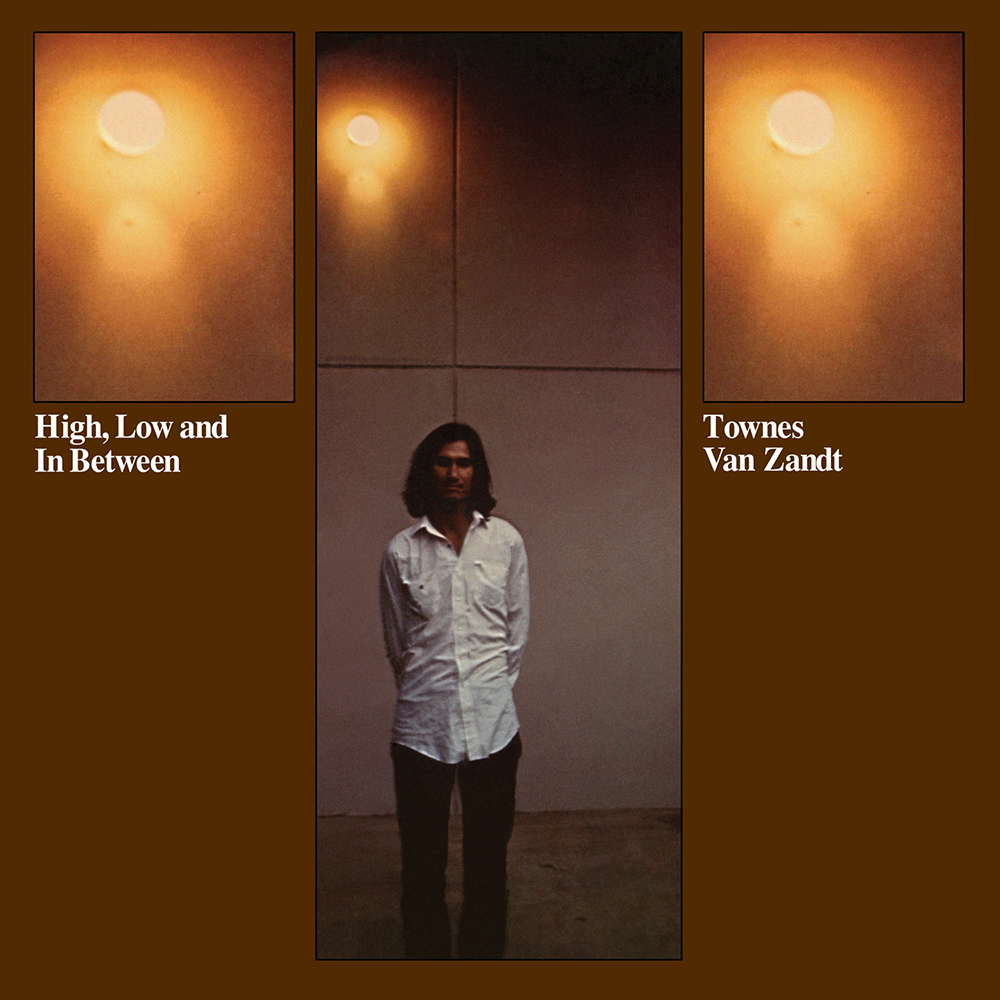
1971, 7.5/10
1971’s High, Low and In Between is a strangely bi-polar album from Van Zandt; more than ever, there’s a marked contrast between his mournful songs and lighter fare. Lighthearted material like ‘No Deal’ rubs shoulders with beautiful songs like ‘You Are Not Needed Now’ and ‘To Live Is To Fly’. After some stripped-back albums, there’s more of a full band sound on High, Low and In Between; the accompaniment is low-key and appropriate, although the backing vocals on the gospel songs push them into saccharine territory.
The strait-laced gospel pieces, ‘Two Hands’ and ‘When He Offers His Hand’, are so uncharacteristically upbeat that it’s difficult to ascertain whether they’re sincere or parody. Van Zandt is more convincing at mournful songs, and the highlights are delicate classics like ‘To Live Is To Fly’ and ‘You Are Not Needed Now’, while the gentle, piano-led title track is an especially notable track that didn’t make it onto the career-defining Old Quarter live set. Also remarkable is the hyper-paced poker allegory of ‘Mr. Mudd and Mr. Gold’.
High, Low and In Between has some of the least typical and least convincing material in Van Zandt’s catalogue with the gospel songs, but it’s still a fast-paced and entertaining set.
The Late Great Townes Van Zandt
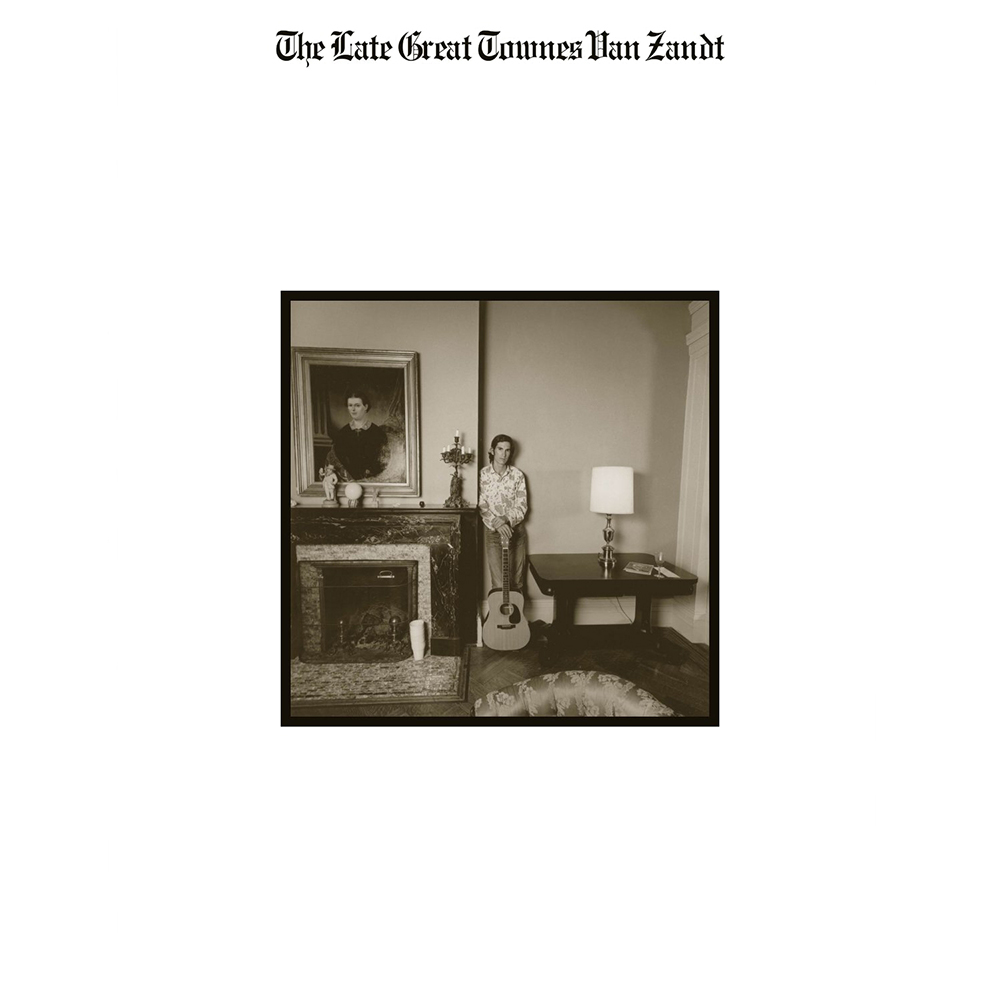
1972, 7.5/10
The Late Great Townes Van Zandt was Van Zandt’s last studio album in his initial, prolific run; it was his sixth since 1968’s For The Sake of the Song, while he only recorded three further studio albums before his 1997 death. The Late Great features one of the more sympathetic production jobs of Van Zandt’s discography, low-key when it needs to be.
The Late Great Townes Van Zandt features Van Zandt’s best-known song, the parable-like ‘Pancho and Lefty’ which outlines a tale of two bandits. It was made into a country standard by Emmylou Harris, as well as a Merle Haggard and Willie Nelson duet. It’s another excellent track from the album, however, ‘If I Needed You’, that’s actually Van Zandt’s most covered song.
As a Tolkien fan, I’m always intrigued by ‘The Silver Ships of Andilar’ and its reference to Valinor; it’s an interesting and successful sonic departure for Van Zandt, with its epic sweeping feel. Other strong songs include the typically mournful pieces ‘Sad Cinderella’ and ‘Snow Don’t Fall’. There is some lighter material, mostly in the form of cover songs like ‘Fraulein’ and ‘German Mustard (A Clapalong)’.
A legal battle between producer Jack Clement and Poppy Records founder Kevin Eggers meant that the follow-up to The Late Great Townes Van Zandt wasn’t released until 1978.
Live at The Old Quarter, Houston, Texas
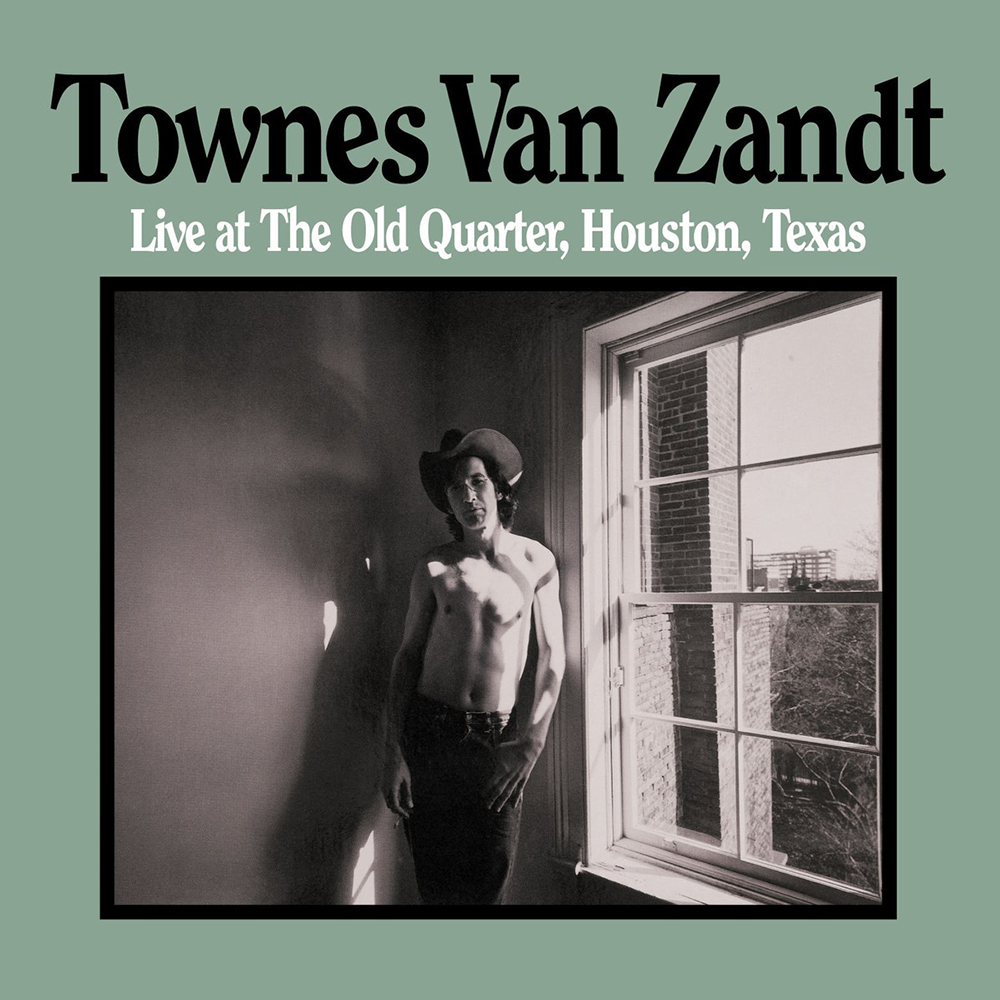
1977, 9.5/10
Live at The Old Quarter was recorded in 1973 in a small club with broken air conditioning, on a series of sweltering Texan summer nights. Because Townes Van Zandt’s studio albums sometimes feel perfunctory, at the mercy of his producer’s choices, these solo performances are invaluable, putting the spotlight on Van Zandt’s consistently brilliant songwriting.
All of his standards like ‘Pancho and Lefty’, ‘Tower Song’, ‘If I Needed You’, and ‘Waitin’ Round To Die’ are included, while there are also songs like ‘Loretta’ that weren’t released on record until 1978’s Flyin’ Shoes. As well as Van Zandt’s own songs, he also throws in covers of Lightnin’ Hopkins and Merle Travis, as well as some charming and corny jokes.
Live at The Old Quarter is a rare essential live album and a perfect summary of Van Zandt’s career.
Flyin’ Shoes
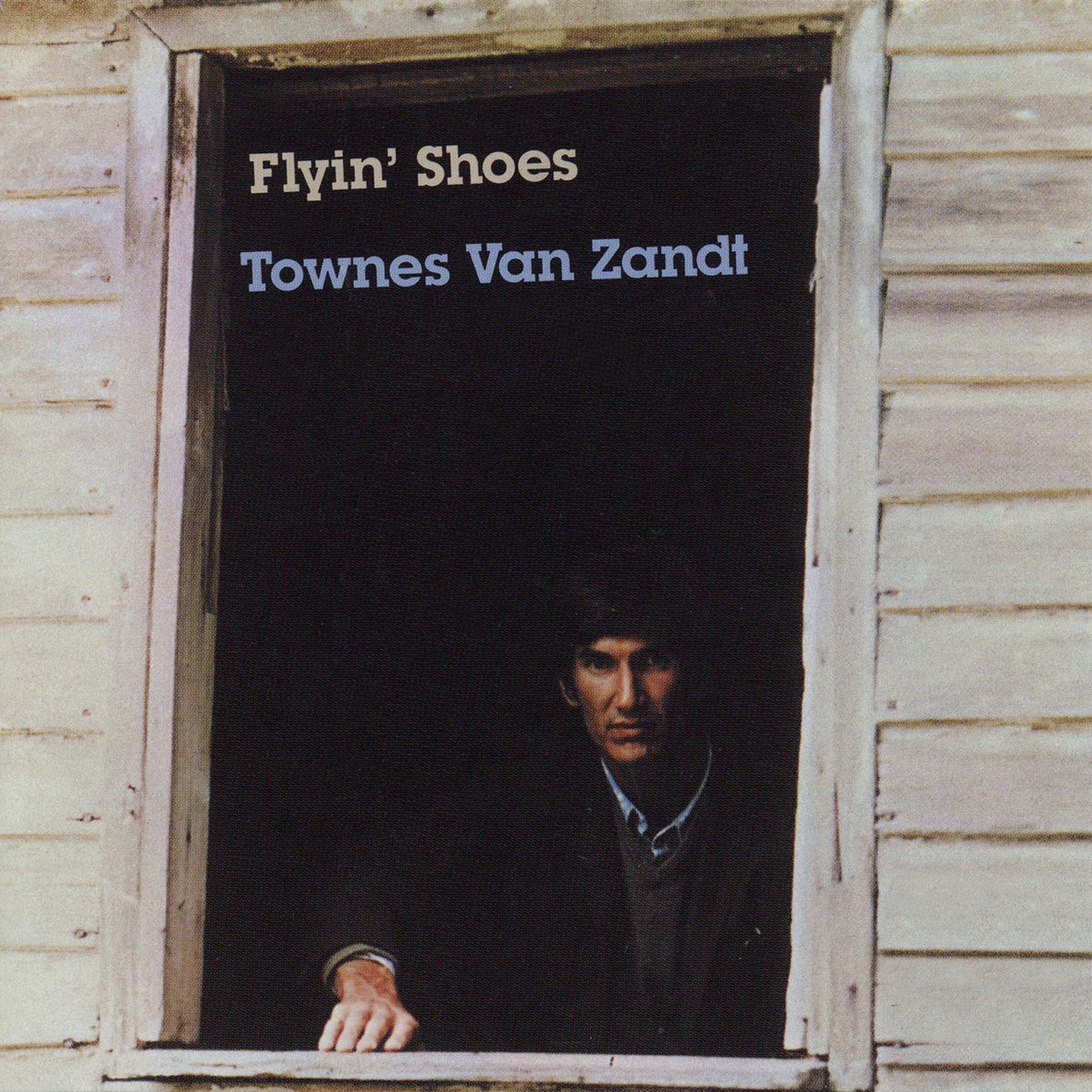
1978, 8/10
Caught up in legal issues between Van Zandt’s producer and his record company manager, Van Zandt didn’t record a studio album for five years after 1972’s The Late Great Townes Van Zandt. When Flyin’ Shoes emerged it featured material from an aborted 1973 album named 7 Come 11. Van Zandt had a broken hand during recording, but producer Chips Moman provided a state-of-the-art Nashville sound with musicians like Spooner Oldham and Randy Scruggs. Flyin’ Shoes instantly sounds more commercially appealing and more thoughtfully arranged than Van Zandt’s earlier efforts
It’s also one of his strongest and most consistent sets of songs; the first side in particular is stacked with quality compositions. The upbeat opener ‘Loretta’ is energetic, while there’s a fun cover of ‘Who Do You Love?’ There are also the more typically downbeat songs like the eerie title track, and the meditative ‘No Place To Fall’.
The studio sheen works on Flyin’ Shoes, resulting in one of Van Zandt’s best studio records.
Ten Favourite Townes Van Zandt Songs
Tower Song
No Place To Fall
Flyin’ Shoes
St. John The Gambler
High, Low and In Between
Pancho and Lefty
The Silver Ships of Andilar
Loretta
To Live Is To Fly
Like A Summer Thursday
Back to 1970s Album Reviews….
4 Comments
Leave a Reply
Related Pages
About
Aphoristic Album Reviews is almost entirely written by one person. It features album reviews and blog posts across a growing spectrum of popular music.
Review Pages
Read about the discographies of musical acts from the 1960s to the present day. Browse this site's review archives or enjoy these random selections:
Blog Posts
I add new blog posts to this website every week. Browse the archives or enjoy these random selections:
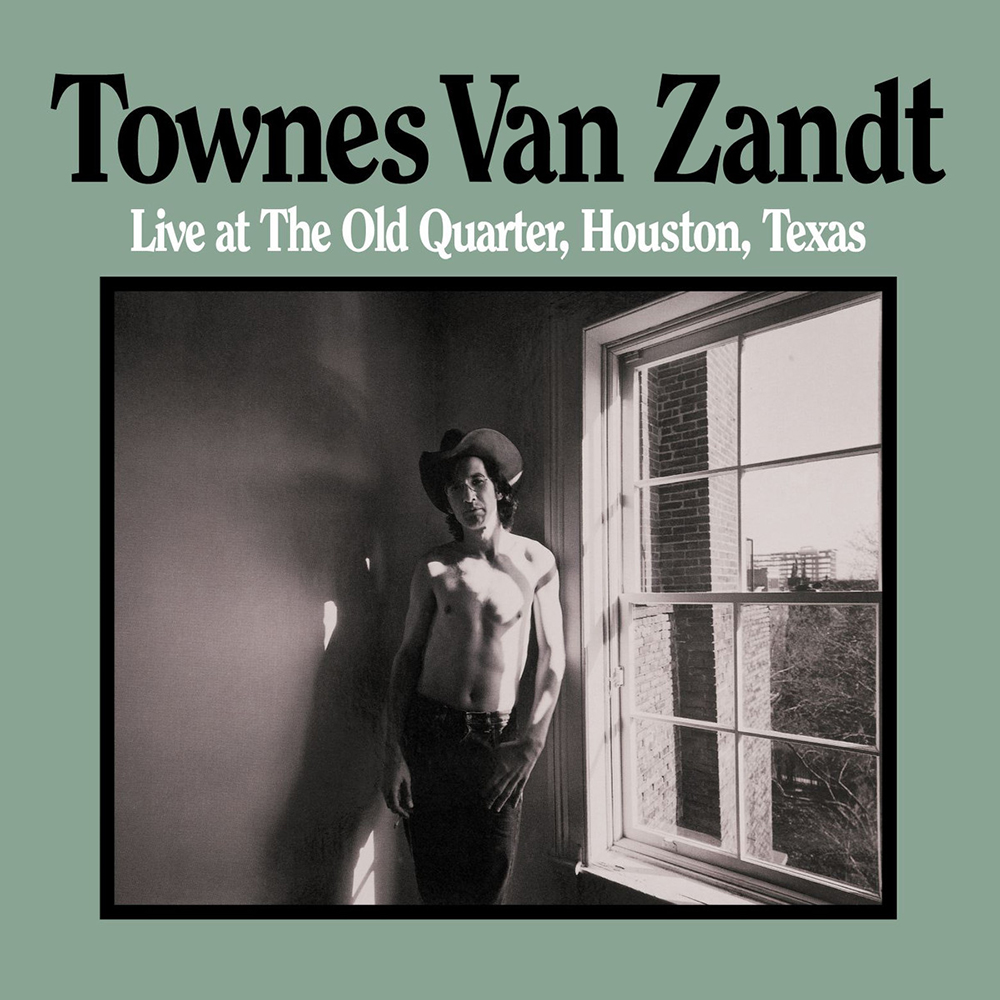
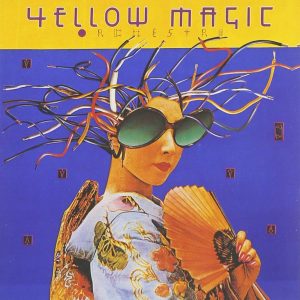
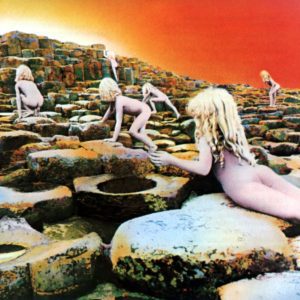

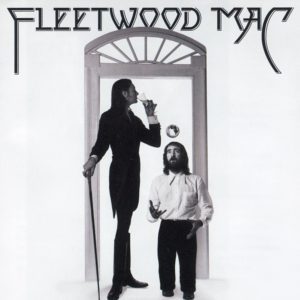
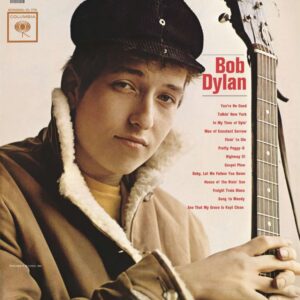
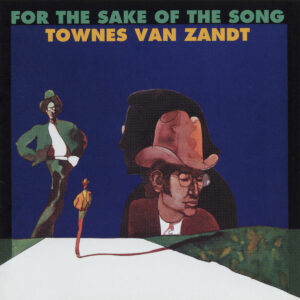
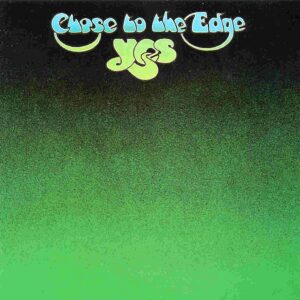
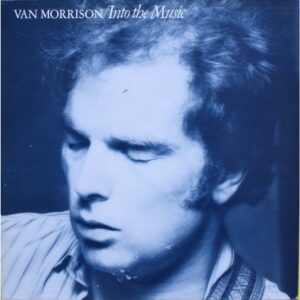
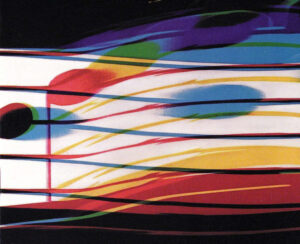
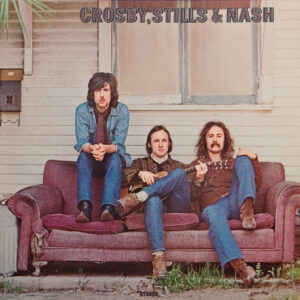


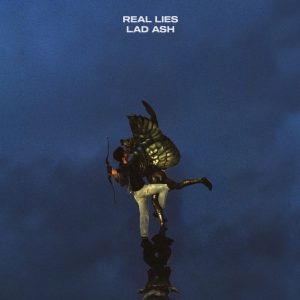
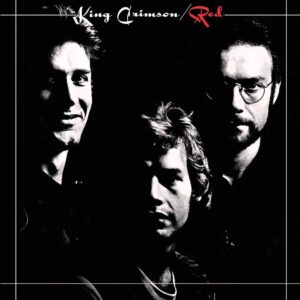
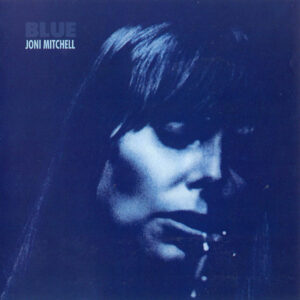
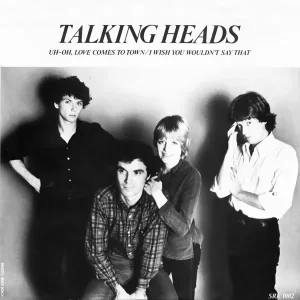
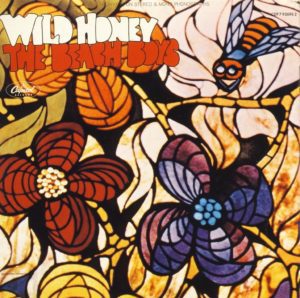
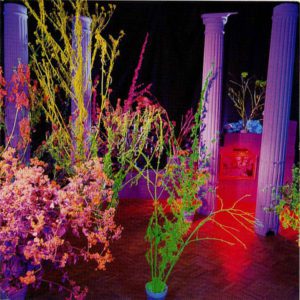
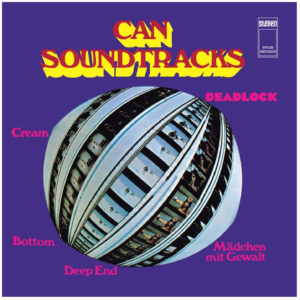
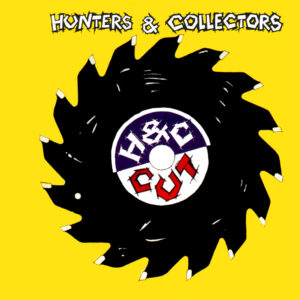
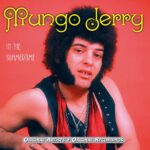
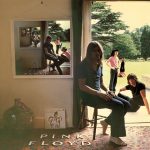
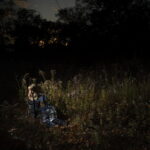
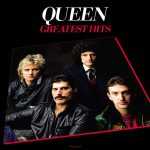
Truly a unique individual. One of my favorite artists!
I think we already had a back and forth on Townes. I love the guys music. Just got turned onto one I never heard him do, ‘Dirty Old Town’. Sounds like it was done near the end. Beautiful.
I’ve never heard his last two albums – have you?
No I haven’t but will eventually. Have you heard Justin Townes Earle do the Replacements ‘Can’t Hardly Wait’. Check it out.